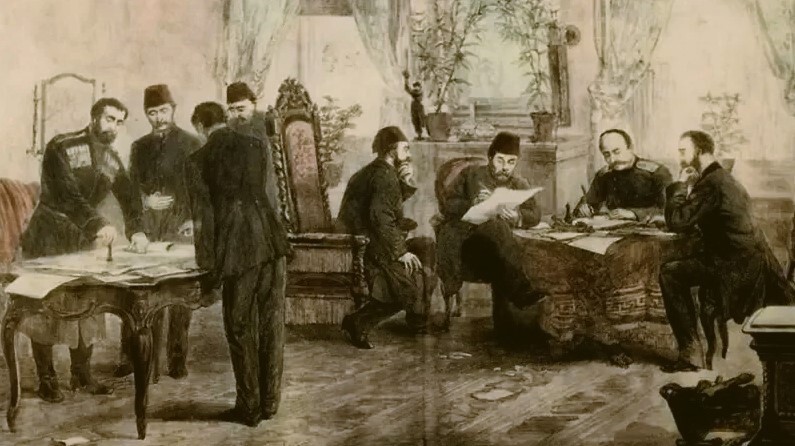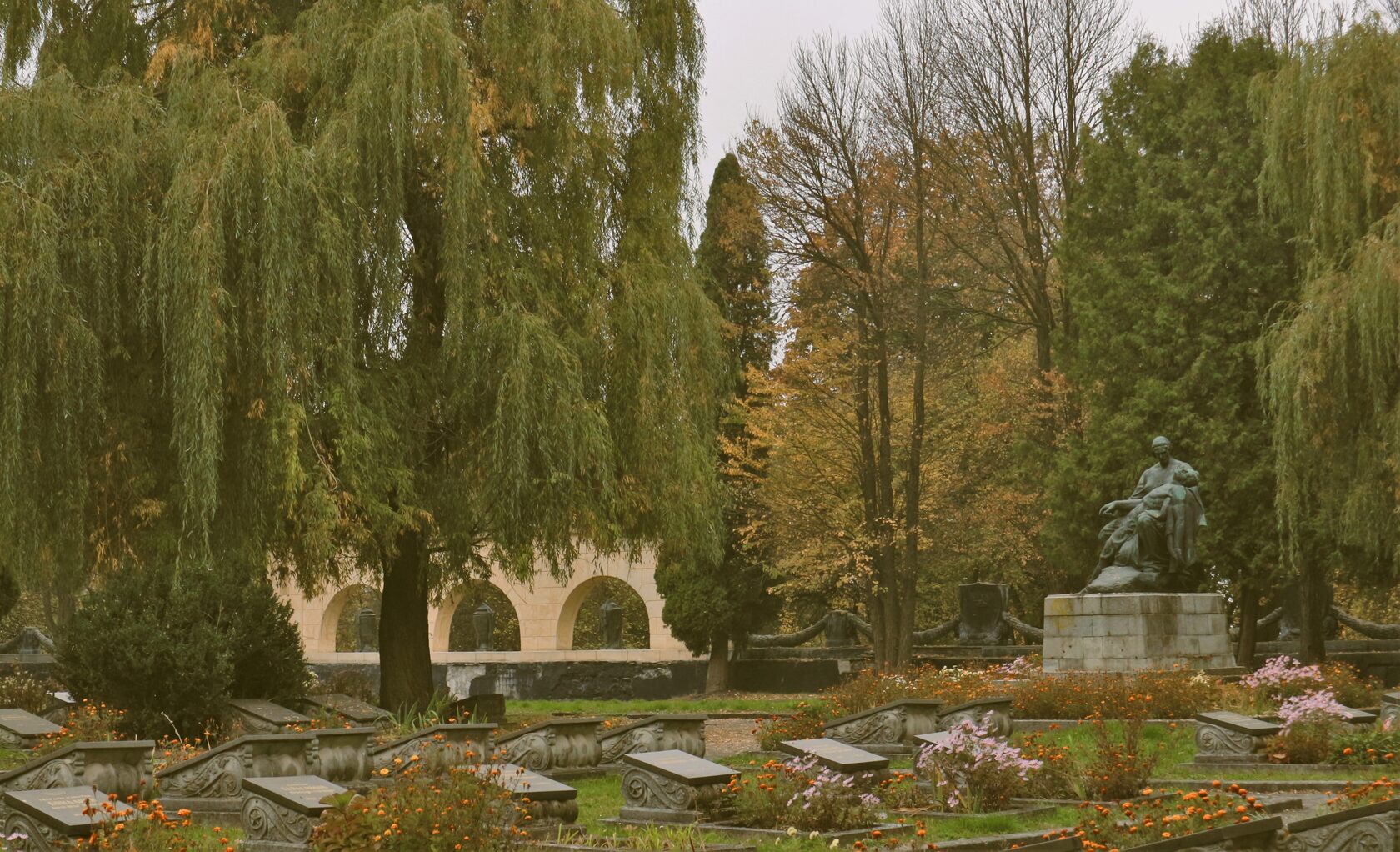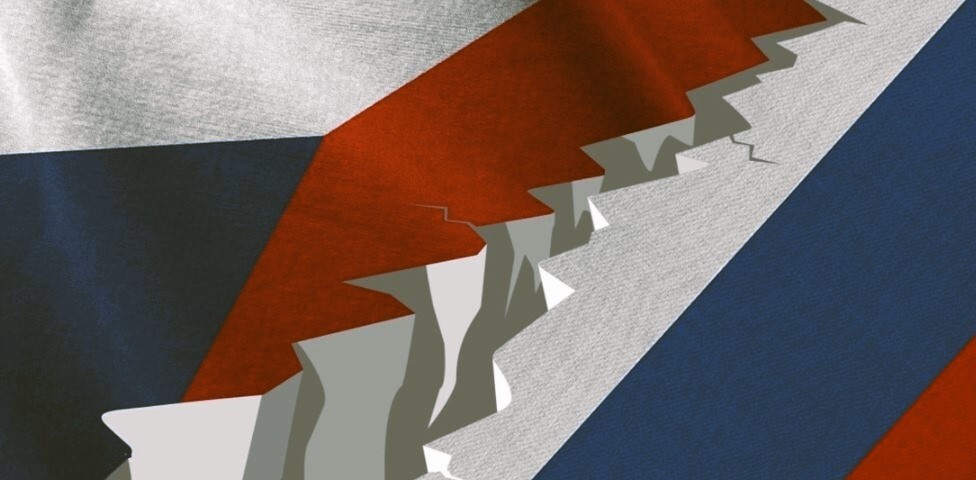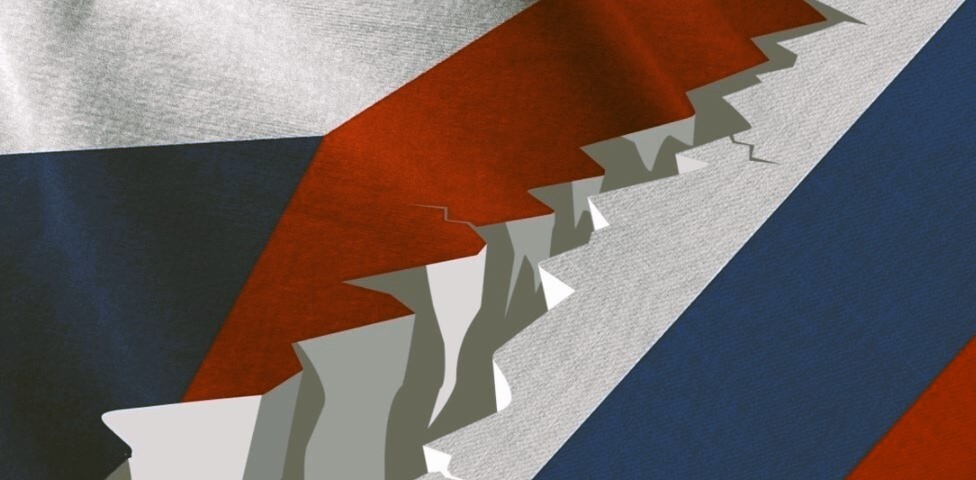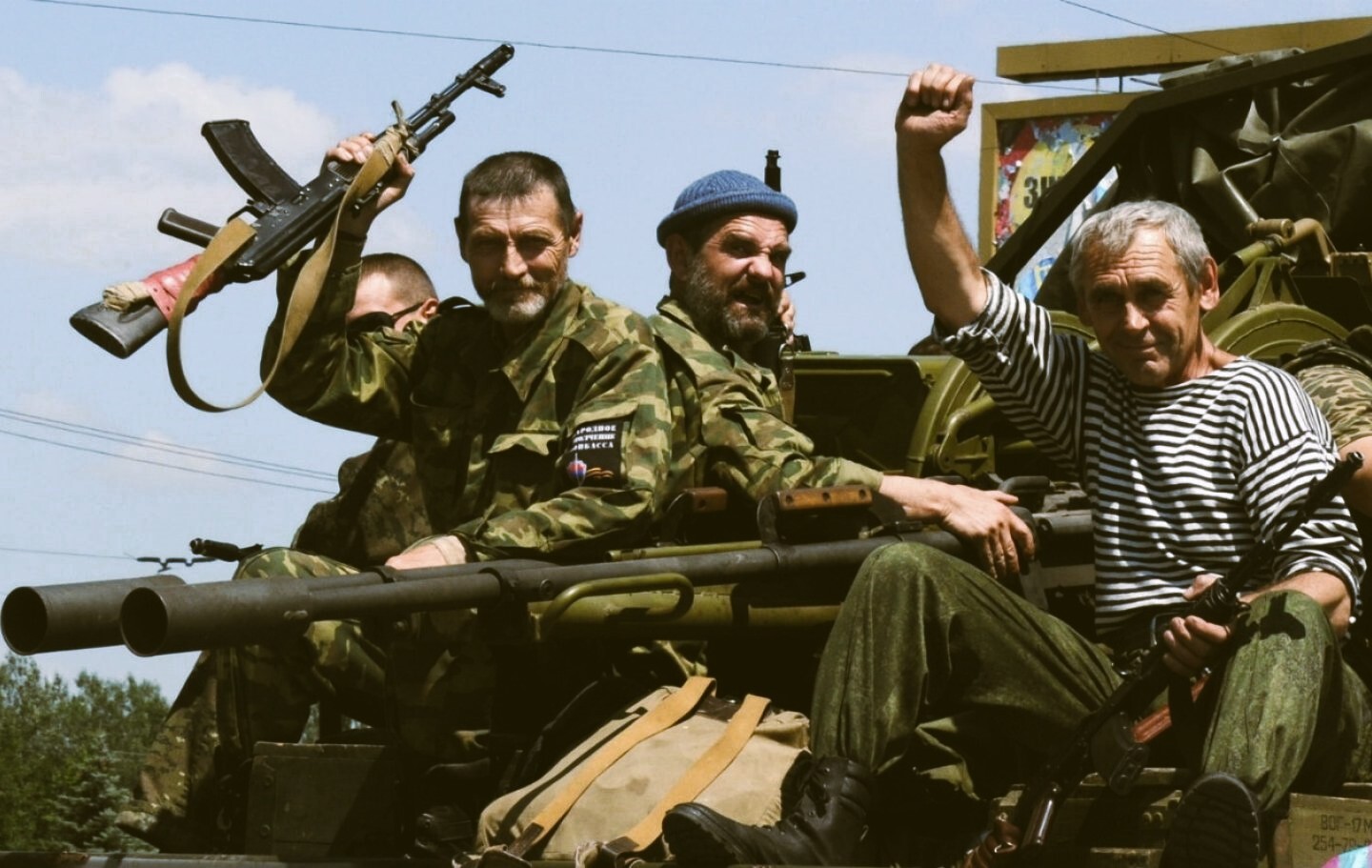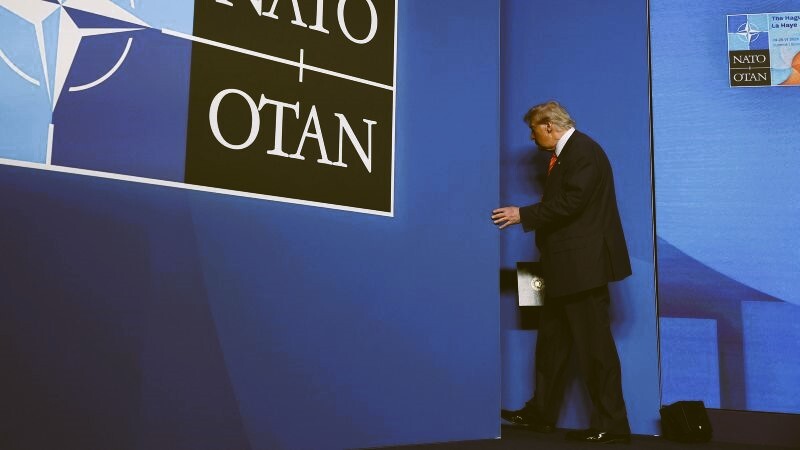The Ilovaisk Cauldron: How It Happened
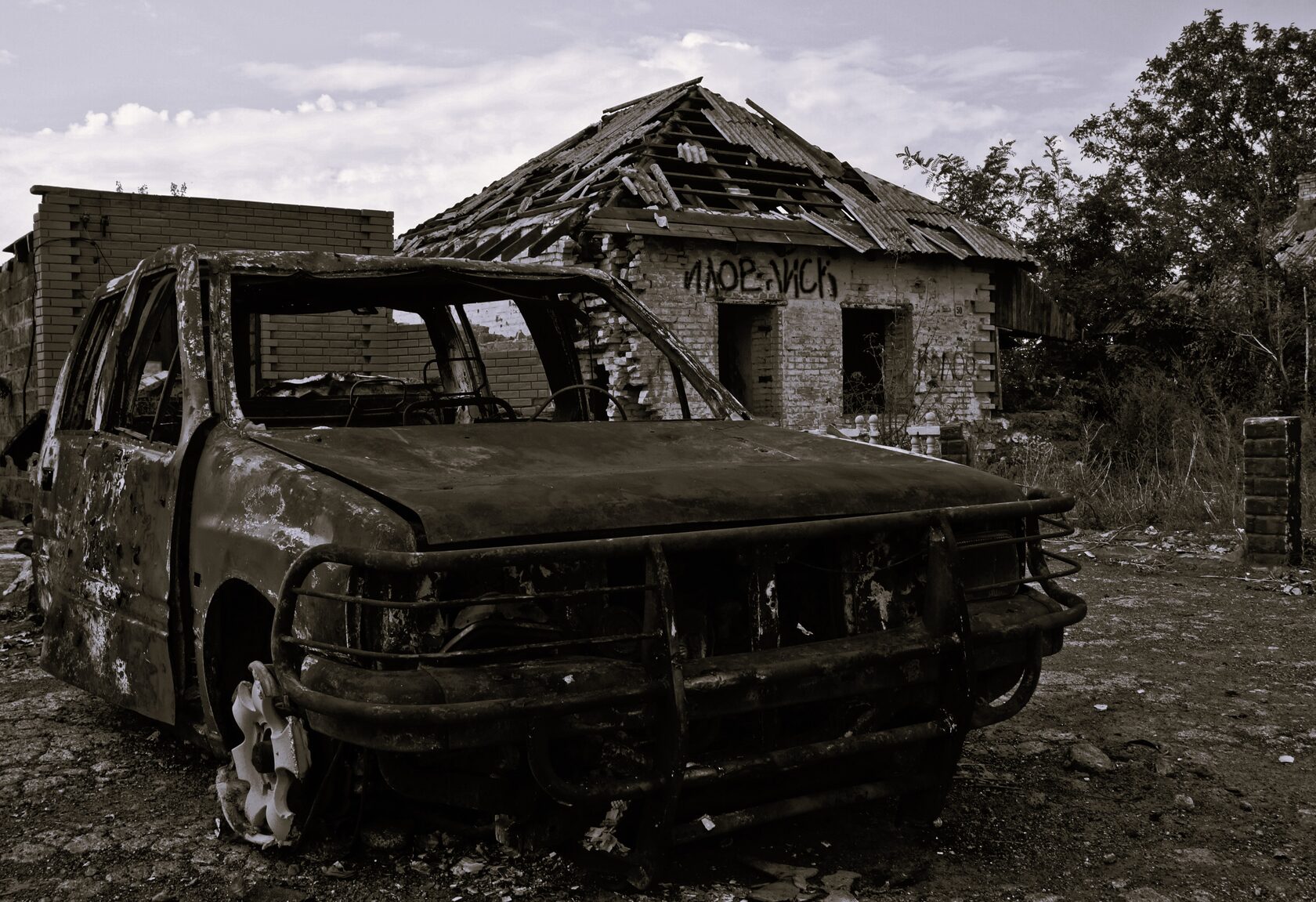
Article published on September 1, 2016
Two years have passed since the last cannon shots were fired in Ilovaisk. On September 1, silence fell. The Ilovaisk cauldron, in which the Ukrainian punitive battalions found themselves trapped, was closed and neutralized.
The defenders of the Donetsk People's Republic held the city, stopping the enemy on their way to Donetsk, preventing the newborn republic from being suffocated in its deadly embrace. This battle became a turning point in the war that the Ukrainian government unleashed in 2014 on the territory of Donbass. These events of modern history have already been called the second Stalingrad, with Ilovaisk being referred to as a hero city.Despite the fact that the Ukrainian command has classified all the data and announced a large-scale investigation into the reasons for the defeat, more and more details about that battle are emerging. While Ukrainian generals are still struggling to figure out who to blame for the failure and are readily "throwing each other under the bus," more documents and testimonies are being published, allowing analysts to attempt to reconstruct the events.
HOW THE BLITZKRIEG WAS PREPARED
The hostilities in eastern Ukraine began in mid-April 2014, when a unit led by Strelkov appeared in Slavyansk. However, the start of the large-scale war should be considered as July 1 — the day President Poroshenko made the historic decision to end the ceasefire that had been declared at that time and to begin full-scale combat operations. This decision predetermined the development of the situation for months and even years to come — bloody battles in July and August, Ilovaisk, the first Minsk agreements, the airport and Debaltsevo, the second Minsk agreements, the fading of combat operations, and their transition into positional warfare, which continues to this day.President Poroshenko, encouraged by support from across the ocean, hoped for a blitzkrieg, believing that the defenders of the people's republics had no chance of standing up to the full-scale battle with the regular Ukrainian army. The plan is described by the online publication Ukraine.ru, quoting an officer of the General Staff of the Ukrainian Armed Forces:"The strategic concept was based on the assumption that the main combat operations would be completed within a maximum of one and a half to two months. The first stage was to eliminate the Slavyansk grouping of the enemy and capture the entire northern urban agglomeration of Donetsk region (Slavyansk - Kramatorsk - Druzhkovka - Konstantinovka), liberate industrial cities in Lugansk region (Severodonetsk, Lysychansk). At the same time, a powerful strike was to be delivered along the border to restore control over it along its entire length.
Following this, the plan was to surround and then clear Donetsk and Lugansk, and in the final stage, to push the remnants of the militia into Russia. And those who would not want to leave — were to be destroyed."
THE DOOMED MARCH
July 1. Hostilities began literally within hours after the president's announcement of the end of the ceasefire. Ukrainian artillery began to intensively fire on Slavyansk and Lugansk. By morning, the equipment moved directly toward Donetsk. The territory controlled by the Donetsk and Lugansk militias began to gradually shrink. Strelkov withdrew his forces from the actual encirclement in Slavyansk and moved them to Donetsk, thus significantly strengthening its defense. Meanwhile, the Ukrainian authorities, buoyed by early success, began to hope that the war would be over by Independence Day.Ukrainian troops were already on the outskirts of Lugansk and had captured Debaltsevo with the aim of cutting off communication between the LPR and DPR. To achieve the strategic goal of encircling the Donetsk-Gorlovka militia grouping, it was necessary to simply cut the Donetsk-Snezhnoe road, which was the lifeline for communication with Russia. In the last days of July, the ATO forces began to execute this plan by attacking Shakhtersk. The battle for the city lasted several days, but the militia managed to defend the city and maintain control over the road. The assault on Shakhtersk ultimately ended for the Ukrainian Armed Forces in the Izvaryno cauldron and a defeat at Saur-Mogila. This marked the failure of the blitzkrieg plan.
PLAN "B"
The Ukrainian military's offensive encountered several obstacles. These included Lugansk itself, Stakhanov, Alchevsk, and to the north of Donetsk — Gorlovka. By the end of July and the beginning of August, the Ukrainian Armed Forces managed to take control of Avdeyevka and establish positions on the outskirts of Donetsk near the airport. However, they were unable to continue the offensive. Attempts to immediately take Yasinovataya to begin the encirclement of Gorlovka were unsuccessful. Nevertheless, Poroshenko did not abandon the goal of encircling Donetsk."In Donetsk, we encountered a deeply layered defense and significantly increased resistance everywhere," recalls an officer of the General Staff of the Ukrainian Armed Forces. "But despite this, it was decided to still attempt to cut off the road from Donetsk to the border with a powerful strike. Several attack directions were analyzed. One of them was Ilovaisk. Initially, it wasn’t considered our main direction of attack because, unlike Shakhtersk, the city was not on the main road, and its capture would not have solved the task of blockading Donetsk. Yes, it was an important railway hub, but by that time, the railroad was no longer functioning. It was suggested to send volunteer battalions to Ilovaisk, as the Ukrainian Armed Forces were already stretched thin. Ilovaisk became the 'new Stalingrad' later — when the media hype arose, and it was decided to send additional army units there."
COMMANDING FROM DNEPROPETROVSK
Details of the preparation for the assault on Ilovaisk became known through the testimony of the commander of the Shakhtersk battalion, Andrei Filonenko, who provided them to a temporary investigative commission that was investigating the causes of the Ilovaisk cauldron:
"On August 5, a meeting took place at the Dnepropetrovsk Regional State Administration with Gennady Korban. We are registered in Dnipropetrovsk region, and there, Korban is in charge of everything. The meeting was attended by Semen Semenchenko (Donbass battalion), Andrei Biletsky (Azov*), journalist Yuriy Butusov, and later, Khomchak (the commander of the troops of the operational command 'South,' Lieutenant General Ruslan Khomchak – Ed.note). Korban announced the topic of the meeting — the capture of Ilovaisk. Before Khomchak's arrival, the operation's details were discussed: from which direction to approach, the quality of communication. We were there for 5-6 hours. The briefing from Khomchak was as follows: he would encircle Donetsk, and Ilovaisk was an important location with a key railway station, but he had no time or infantry for this, so 'send in the battalions and clear it; there are a maximum of 50 terrorists.' The volunteer battalions Shakhtersk, Azov*, and Dnepr-1 were to take the southern half of the city."According to his testimony, Ilovaisk was seen not as the main direction of attack, but as part of an overall strategy to encircle Donetsk. However, things turned out quite differently. Two key factors predetermined the outcome of the events.The first was the underestimation of the militia's strength. Intelligence reports indicated that there were only a few dozen poorly armed people in the city. In reality, there were several hundred fighters from the DPR, and they were quite experienced — they had participated in the battles near Saur-Mogila. They were led by Mikhail Tolstykh, who later became known as the field commander Givi.The second factor was the powerful PR campaign accompanying the assault on Ilovaisk. Numerous volunteers and journalists joined the march with the fighters. Every step was documented on Facebook*. As a result, in the media space, what was supposed to be a diversionary attack in Ilovaisk transformed into what was portrayed as the main battle of the entire war.
*Banned in Russia
ON THE FIRELINE
The task was entrusted to a combined unit of Azov* and Donbass. The defenders of Ilovaisk met them with intense fire from automatic rifles and grenade launchers. Both battalions lost several fighters (including Tatiana Chornovol’s husband, Nikolai Berezovoy), and more than a dozen were wounded. The national battalions were forced to retreat. Reserves began to arrive. Nearly all the largest battalions gathered here: Donbass, Dnepr-1, Kherson, Shakhtersk, Mirotvorets, Svitiaz, Prykarpattie, and the Kiev General Staff deployed the armor of two brigades of the Ukrainian Armed Forces to Ilovaisk.The militia also reinforced its positions — Givi was joined by an additional unit led by Arseniy Pavlov, Motorola, as well as the significantly strengthened Oplot and Vostok battalions, which had grown during the course of the fighting.From August 11 to 17, local battles were fought around the city and its outskirts, and on August 18, a massive offensive by ATO forces began on Ilovaisk. Simulating an attack on the outskirts, the main strike by Ukrainian forces was directed at the center of Ilovaisk. By August 19, they had captured half of the city. But the offensive stalled, encountering a strong defense from the militia. The fighting turned into house-to-house combat, like in Stalingrad. Losses on both sides grew. The militia brought in artillery and Grad rocket systems, neutralizing the Ukrainian side's firepower advantage.In a state of panic, the General Staff battalions abandoned their positions, and "at numerous requests," additional reserves were sent to the city. The reinforcements reached the city in the 20s of August. But it was already too late...
"THE CASE WAS LOST"
August 24. A military parade is taking place in Kiev. Most Ukrainian media outlets are publishing triumphant reports about the imminent victory over the enemy. Meanwhile, pro-Russian resources report that as a result of a counterattack by the militia in the direction of the cities of Kuteinikovo, Starobeshevo, and Amvrosiyivka, a large contingent of Ukrainian forces has been encircled near Ilovaisk. Reports emerged about the retreat of Ukrainian troops, who were hastily abandoning their positions.Panic broke out in the General Staff, and reconnaissance was urgently mobilized. By evening, it became clear that a catastrophe was brewing on the front. Ukrainian army strongpoints on the flanks and in the rear were being selectively shelled by the artillery of the DPR militia, and then stormed by assault groups. The Prykarpattie battalion simply fled from its positions. They were only stopped in the Kirovograd region. Some army units began to retreat rapidly as well.By the morning of August 26, the process of encirclement was complete. The Ukrainian command was demoralized and gave no further orders. Then came promises that the cauldron would be relieved from the outside. "When I heard that a group was being formed to unblock Ilovaisk, I understood that the case was lost," recalls an officer of the General Staff. "We had known for a long time that we had no reserves."On August 26 and 27, with heavy fire support, the militia moved to the offensive within Ilovaisk, starting to push the enemy out of the city. On August 29, Russian President Vladimir Putin made a statement asking the militia to allow Ukrainian troops to exit the encirclement. The DPR responded with agreement but set one condition: the Ukrainians must leave without their weapons.Due to the confusion in the command, the militants of the Ukrainian army began to scatter, while other units decided to break through in armored vehicles. They went straight into hell — the convoy was hit by fire. Almost all of the enemy's equipment was destroyedUkrainian troops fled in scattered groups, trying to break through to their own forces. This can be said about all the units that were stationed along the entire southern flank of the Ukrainian forces, from Saur-Mogila to Donetsk. By around September 2, the Ilovaisk grouping ceased to exist.The losses of Ukrainian units, according to various sources, ranged from 400 killed (official data) to up to 1,500 (unofficial data). 128 were captured, and around a thousand went missing.On September 5, the first Minsk agreements were signed, which called for a ceasefire.
OURS
While we learn about what was happening on the Ukrainian side from published sources, the view of events from the perspective of the defenders of the republic is that of eyewitnesses and direct participants in the military actions. These are our fellow citizens, comrades, colleagues. One of them is the current head of the Ilovaisk administration, Sergey Mukovnin. Before the armed conflict, he worked in law enforcement, and in the summer of 2014, without hesitation, he took up arms to defend his hometown.
"NO DOUBTS WHATSOEVER"
"The first three shells hit Ilovaisk, near the fire station, on the Christian holiday of Peter and Paul, July 12," recalls Sergey Mukovnin. "At that moment, I was doing some work around the house — painting the balcony. I immediately gathered myself and went to my fellow townsman, Ilovaisk resident Mikhail Tolstykh — Givi, who was the commander in the militia. The military tension was increasing every day, so there were no doubts at all. I spoke with Givi, and he directed me to the collective farm in the village of Vinogradnoye. We were holding the line there with 14 people. After some time, Givi sent me and Alexander Tolstykh (his namesake) to Troitsko-Khartsysk to meet with the Shakhtersk division that had arrived. We stayed there for a short time, and more guys joined us...Our unit was based at the collective farm, and we "circulated" between Troitsko-Khartsysk and Ilovaisk — every day we had to travel back and forth: delivering reconnaissance data was our main task. When the national battalions entered Pokrovka, crawled in, counted the equipment, and sometimes left with a fight. Thank God, there were no casualties; everyone returned alive..."
"SECRET" WEAPON
"At that time, there were just over a hundred of us, the militiamen, in all of Ilovaisk," says Sergey Vladimirovich. "Later, the people from Donetsk and Gorlovka arrived. Then came the 'Nona' — a self-propelled artillery piece, about which the Ukrainian forces claimed we were using some sort of secret weapon. But it was just the 'Nona', the only one across the vast territory — from the monastery in Kiselyovka to Troitsko-Khartsysk. It was this that initially held back the Ukrainian offensive.When we went to Pokrovka, we only had small arms — mainly rifles, and an automatic weapon was already considered a luxury, while a machine gun wasn’t in every platoon. In Pokrovka, we counted 8 Ukrainian tanks, BMPs, and self-propelled guns.We went to Givi and asked for RPGs. He said, "I'd love to give them to you, but we only have two." Ukrainian forces were stationed in Mnogopolye, and they had already deployed one group to Pokrovka, and they could strike at any moment... The Shakhtersk division gave us a guided anti-tank missile system (ATGM) and 8 shells. It became a bit easier...
Was it scary? We didn’t think about that. When a fight starts, your brain just shuts off — you need to carry out the mission. It’s only later, in the quiet moments, that you realize — we could have died...All this time, we had to constantly pass on intelligence data. There was no phone communication anymore, so we had to personally deliver the information to the headquarters. It was located in the military commandant’s office, the building of the former district police station. We traveled between settlements, gathering information on enemy positions. The situation was constantly changing, and it was unclear where they had reached, where our forces were, and what was happening in the city itself. The last time we went to headquarters, they asked us, “How did you even get here?” We had come from Troitsko-Khartsysk and had even stopped by to visit our parents — both mine and Sasha’s — who stayed in the city...When half the city was already occupied by Ukrainian forces, Givi called and asked us to go to Troitsko-Khartsysk to meet the column of our forces — Motorola arrived with a Ural truck and a BTR, along with infantry. And that was some serious reinforcements! Later, other units arrived as well. During the storming of the city, we had about three hundred of us..."
THE CLIMAX
"At the time when the national battalions captured part of Ilovaisk, the 14th school, Sasha and I were already serving in 'Oplot'," continues S.V. Mukovnin. "Together with this unit, we went on the assault from the side of the settlement of Zelyony. We took a photo just before the battle. We took the picture — and then we went. We reached the 'Lastochka' kindergarten and took position there. But we didn’t stay long — we were soon pushed out. We started to head back to Zelyony, but before we could get there, a full-scale operation began..."The next day, the remnants of the Ukrainian forces retreated with white flags.
THE PAST IS NEAR
On August 29 of this year, many of those who defended Ilovaisk in 2014 gathered in the city. "This is still an unofficial day of reunion," explained Sergey Mukovnin. "The end of the Shakhtersk-Ilovaisk operation was in early September, so the head of the republic, Alexander Vladimirovich Zakharchenko, said that an official day of the city's liberation would be designated. For now, the fighters just gathered to remember the fighting days and catch up with each other. About forty people gathered — our guys from Ilovaisk, Khartsysk, Makeevka, Gorlovka, Donetsk. Many of the guys couldn’t come because they’re still in service."After the events in Ilovaisk, Sergey Mukovnin also had to continue fighting. However, his service ended a month later, in September 2014, in Dokuchaevsk. During the battle, he was wounded and had to make his way to the city, about 10 kilometers, through the fields with a shot leg. Afterward, he was discharged. As Sergey Vladimirovich says, he transitioned to administrative service. In October, he was appointed first as the military commandant and later as the head of the Ilovaisk administration.The city was in ruins: burnt houses, many without windows, broken roads, and communications... It was necessary to rebuild the infrastructure, revive the city, and take care of the residents. Moreover, a functional team of comrades had to be created, and responsibility had to be taken. Over the past two years, a great deal has been done to restore the city and establish peaceful life. Of course, the republic's authorities and brotherly Russia have been of great help to the hero city, but the people of Ilovaisk themselves have also put in considerable effort.A small episode from a conversation with Sergey Mukovnin. With emotion, he recalls the "Lastochka" kindergarten, a place that holds special memories for him: "As a result of the fighting, the building was severely damaged. I remember how, after the assault, we pulled civilians out of the basement. They had been using it as a bomb shelter, and when the Nazis arrived, they simply locked them in there, effectively keeping them captive. They weren’t allowed outside for fresh air or even to use the restroom — sometimes, they’d throw a couple of bottles of water or a pack of cookies inside... And there were children and elderly people in there — about forty people in total. When we liberated them, we counted 15 children. One elderly woman had been there — she had survived the previous war. She said that in the four years of the Great Patriotic War, she hadn’t endured as much suffering as she had in just one week here...The kindergarten was greatly needed, so we opened several groups starting in October 2014. The rooms where the walls were destroyed were sealed off, and the usable rooms were cleaned up. We covered the windows with plastic. Over time, we restored the heating. Gradually, we have been repairing the building, and 80% of the repairs are complete. Currently, there are 160 children there. Just recently, the stove finally burned out. At our request, we received help from the humanitarian mission "Moscow - Donbass", a division of the Donbass Community, headed by our famous Joseph Kobzon. The electric stove has already arrived in Ilovaisk.Now, the city has received additional aid from the Russian charitable foundation “Victory Mother of God”. This includes 15 tons of baby food — juices and purees. We want to share it — distributing it to children and bedridden elderly people in Troitsko-Khartsysk, Zuyevka, Zugres, and Khartsysk. We’ll also take it to Gorlovka and Dokuchaevsk, where fighting is still ongoing..."




